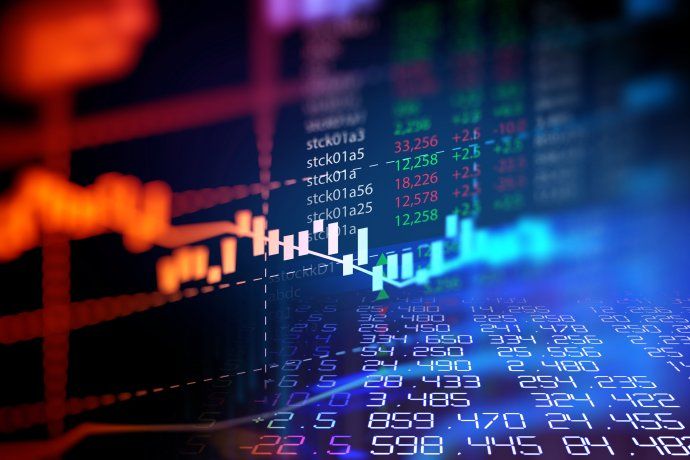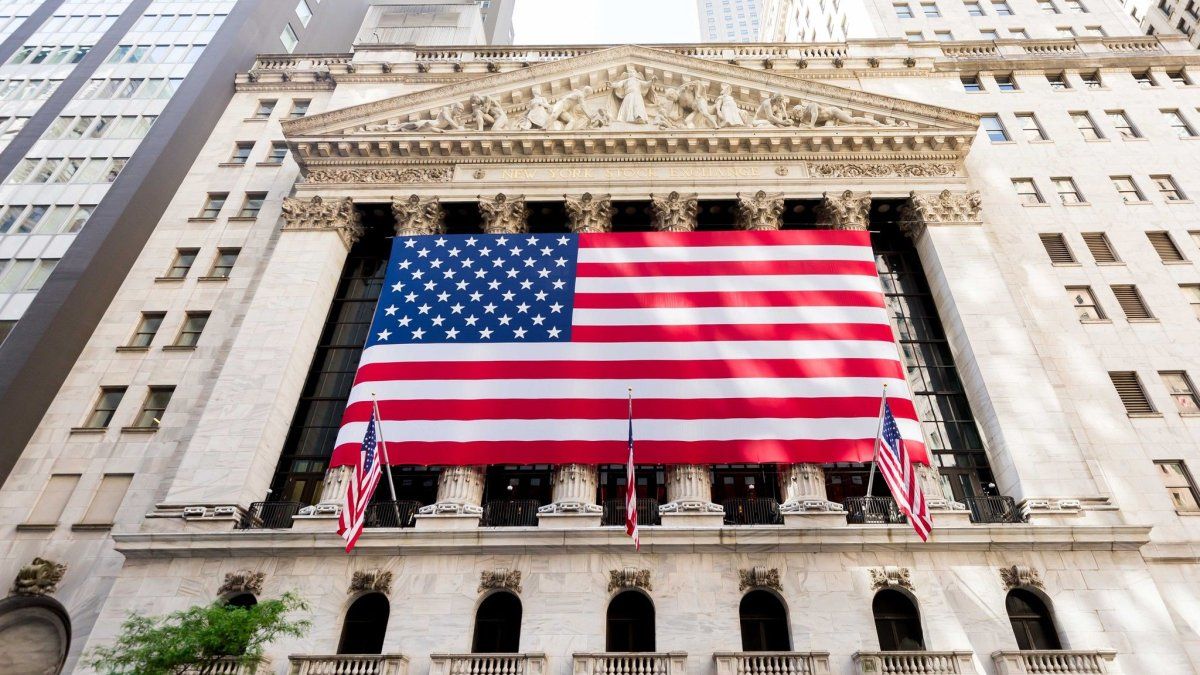The drop comes after a strong session on Thursday, when the indices posted significant gains not seen since 2022. This happened after Monday’s financial crash.
The Wall Street stock indices opened lower on Friday but quickly rose again at the close of a turbulent week for the markets. As the opening bell rang, the Dow Jones Industrial Average fell 38.4 points, or 0.1%. S&P 500 fell 4.7 points, or 0.9%, to 5,314.66, while the Nasdaq Composite did so by 0.4%.
The content you want to access is exclusive for subscribers.
However, the indices are readjusting and rising up to 0.2%, led by the S&P 500, which is located in 5.327,67 units. Meanwhile, the Nasdaq and Dow Jones are on the rise, but almost unchanged.


It just so happens that the biggest day of gains in nearly two years came just two days after stocks had their worst day since September 2022. And despite the volatility in the markets this week, the S&P 500 was only down half a percentage point, as investors look for direction and balance the prospects of possible interest rate cuts and the potential for an economic slowdown.
“In recent days, we have been reminded that defensive moves can happen quickly and can emerge unexpectedly,” said Matt Dyer, investment analyst at Penn Mutual.
Wall Street: volatility in the markets
The volatility was triggered by a number of risk factors, led by the unravelling of the yen carry trade and concerns about a Federal Reserve mistake following a spike in the unemployment rate in July.
markets stocks finance investments guru vivo stock exchanges bonds

The volatility was caused by a number of risk factors.
Depositphotos
But as stocks recoup some of the big losses suffered on Monday, volatility is easing, with the stock market’s fear gauge, the VIX, falling from an intraday high of 65 on Monday to just under 24 on Thursday.
Analysts on Wall Street say they expect a moderately higher consumer inflation reading, but not enough to derail the outlook for the Fed cutting interest rates next month. “We forecast headline CPI to have risen 0.3% m/m in July, primarily due to an increase in utility and energy price inflation. This would leave the annual rate at 3.0%. Meanwhile, we expect core CPI to rise 0.2% m/m,” Bank of America analysts wrote on Friday, adding that if the data matches their forecasts, markets will begin to adjust rate cut expectations.
Source: Ambito
I am a 24-year-old writer and journalist who has been working in the news industry for the past two years. I write primarily about market news, so if you’re looking for insights into what’s going on in the stock market or economic indicators, you’ve come to the right place. I also dabble in writing articles on lifestyle trends and pop culture news.




